Pour créer une pièce de mode élégante et belle, le bon matériau est nécessaire, c'est pourquoi le forets de tuiles sur Alibaba.com a des textures riches et est disponible dans une multitude de couleurs. Ils sont un excellent choix pour la robe parfaite. La vaste sélection de forets de tuiles signifie que différentes couleurs et motifs sont disponibles pour ce prochain grand projet.
Les occasions spéciales nécessitent des robes spéciales. Les forets de tuiles d'Alibaba.com sont idéales pour confectionner une jolie robe. Créez facilement une robe blanche avec une superposition de dentelle pour un mariage, ou peut-être une robe avec des couleurs plus vives pour que tout le monde se tourne. Certaines sélections sont ornées de strass ou de paillettes pour un look encore plus flashy.
Faire une belle robe est un art. De nombreux vendeurs forets de tuiles sont disponibles pour fournir les motifs et les couleurs parfaits pour un vêtement vraiment unique. Les petites quantités de commande minimales permettent uniquement de commander ce qui est nécessaire, ce qui permet d'économiser de l'argent et des tracas. Cependant, des économies groupées sont également disponibles pour ceux qui ont besoin d'une commande importante.
Choisir le magnifique forets de tuiles d'Alibaba.com est le bon début pour créer une robe glamour. Le grand nombre d'options de couleurs, de motifs et de matériaux offre de nombreux choix en termes de style et de confort. Faites une robe qui sera le point culminant de tout événement. La possibilité d'acheter uniquement les quantités de matériaux nécessaires offre une qualité quel que soit le budget, et des fournisseurs de confiance assurent la tranquillité d'esprit pour chaque achat.





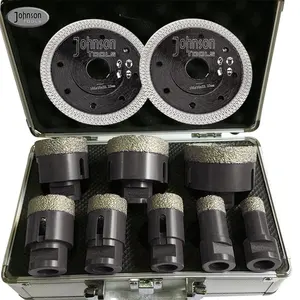





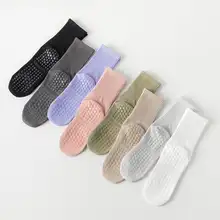







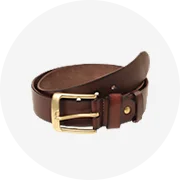





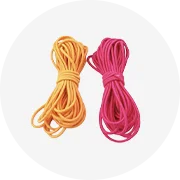


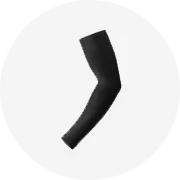














 浙公网安备 33010002000092号
浙公网安备 33010002000092号 浙B2-20120091-4
浙B2-20120091-4